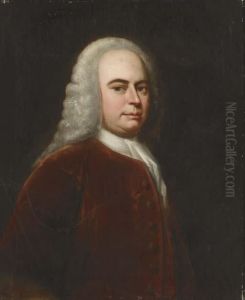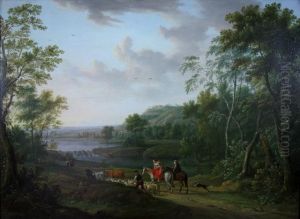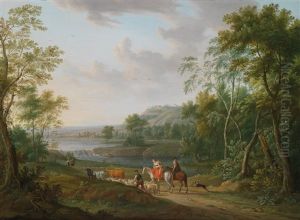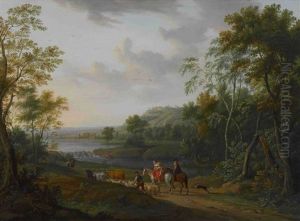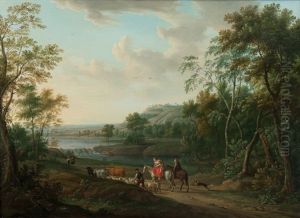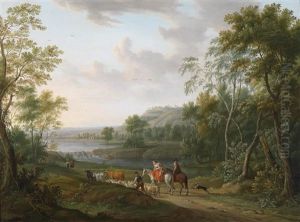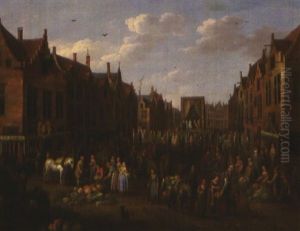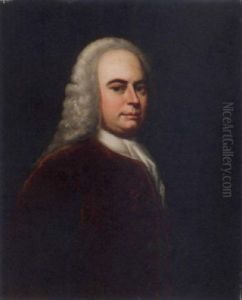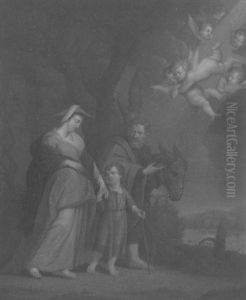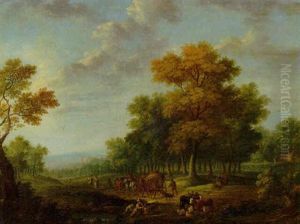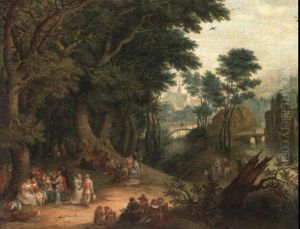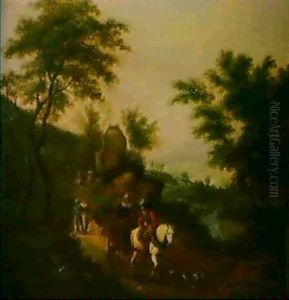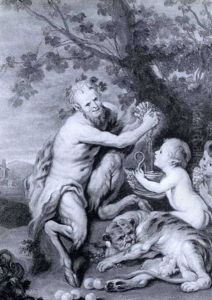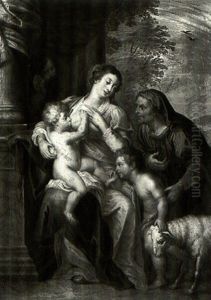Jan Frans Beschey Paintings
Jan Frans Beschey was a Flemish painter who was born in Antwerp in 1717. He is primarily known for his work as a landscape and history painter, with a style that was heavily influenced by the great Flemish and Dutch masters of the 17th century, particularly by his older brother, Balthasar Beschey, who was also his teacher.
Jan Frans Beschey was a member of a family of painters that had a significant impact on the art scene in Antwerp during the 18th century. He worked in a period known as the Flemish Rococo, which was characterized by a lighter and more playful form of the Baroque style that was prominent in other parts of Europe.
Throughout his career, Jan Frans Beschey ran a successful studio in Antwerp and became the dean of the city's Guild of Saint Luke, an association of painters, sculptors, and other artists, as well as art dealers. In this role, he played an important part in the artistic life of the city. He had numerous students and was able to convey his knowledge and style to the next generation of artists.
His paintings often depict biblical, mythological, and historical scenes, filled with lush landscapes and classical ruins that evoke a sense of romanticism and nostalgia for the grandeur of the past. Beschey's work also included genre scenes and portraits, although these are less commonly found today.
Jan Frans Beschey died in 1789 in Antwerp, leaving behind a body of work that, while not as well-known today as some of his contemporaries, continues to be appreciated for its craftsmanship and contribution to the Flemish painting tradition.
